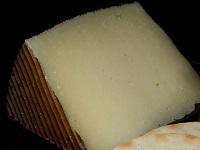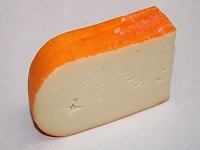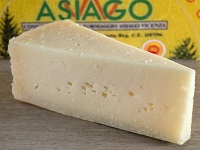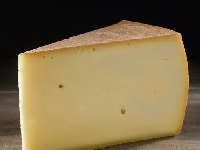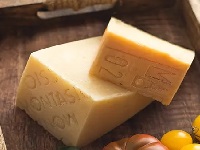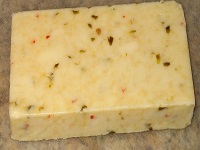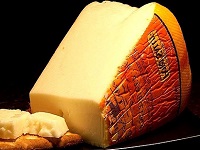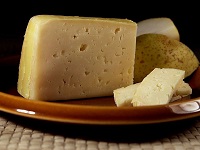Castelão (Portugal)
Castelão is a Portuguese red wine grape.
Castelão Flavors
Castelão is known for producing wines with intense flavors and aromas.
Strawberry |
Raspberry |
Red Currant |
Black Currant |
Blueberry |
Blackberry |
Plum |
Violets |
Flavors from Maturation and Aging
Oak |
Vanilla |
Tobacco |
Spices |
Castelão Profile
Castelão wines are typically medium-bodied with a good balance of acidity and tannins:
| SUGAR: | Dry (3 g/l) |
| BODY: | Medium |
| TANNINS: | Low |
| FRUIT: | Medium - High |
| ACIDITY: | Medium - High |
| ALCOHOL: | 13-14% ABV |
| Serving temperature: 15-16°C (59-61°F) | |
Castelão Food Pairing
Castelão pairs perfectly with hearty dishes such as grilled meats, lamb, and spicy cheeses.
Tapas |
Salami |
Ham |
Hamburger |
Stew |
Lamb |
Rabbit |
BBQ |
Excellent Pairings
Tapas. Cured Meat. Ham.
Hamburger. Meatloaf. Rich Pizza.
Stews. Mushrooms. Goulash.
Sausages. Chorizo (Spicy Pork Sausage).
Asian Marinated Dishes (Not too Spicy).
Poultry. Chicken. Turkey.
Duck. Roasted Duck with Plum.
Lamb. Lamb Shanks.
Braised Beef. Roasted Pork and Lamb.
The Ideal Glass for Castelão
The Burgundy Glass is for swirling & releasing the wine aromas.
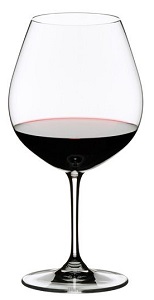
|
The shape of the glass captures and directs the delicate aromas to your nose
and leads the wine to the tip of your tongue for a better reception of the tastes.
The Burgundy glass was designed for the delicate and aromatic red wine Bourgogne Rouge, made from Pinot Noir grapes in Bougogne (Burgundy). |
Castelão Cheese Pairing
If You Like Castelão
You Might Also Like:
The Castelão Grape
Castelão is one of the most commonly-planted grapes in the south of Portugal.
The grape is especially popular in the regions Tejo, Lisboa, Península de Setúbal and Alentejo, and is happiest in hot climates and dry, sandy soils.
It performs best in the Setúbal Peninsula south of Lisbon, in old vineyards in the hot, sandy soils around Poceirão.
Castelão used in various wines, including red, rosé, and sparkling.
National Production
| 41% | Setúbal Peninsula |
| 24% | Lisboa |
| 18% | Tejo |
| 14% | Alentejano |
